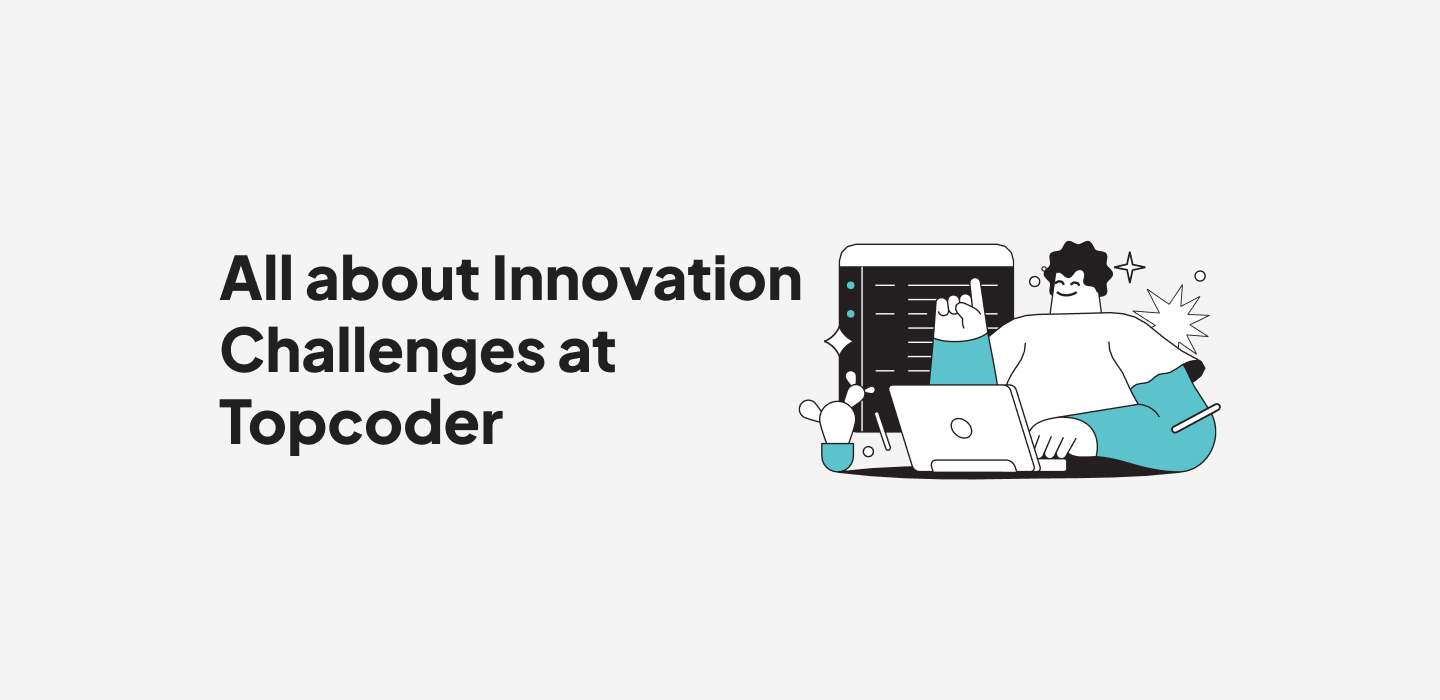March 31, 2021 Sharing a Vision for more open development
We champion and support Adobe’s vision for more open development. We helped them in Phase 1 of the Adobe Document Cloud COVID Challenge Series (recap here) and we continue to do so in Phase 2.
The challenge series focuses on bringing new business applications and concepts to market using the Adobe Document Cloud SDKs and APIs. To start, we ramped the talent in our community to Adobe Document services. Then we focused on the creation of MVPs with two unique use cases in mind – communication and education. Phase 2 will expand on the challenge series by focusing on the capabilities of the Adobe PDF API and Adobe Sign API.
Read on to learn about Adobe how is expanding Adobe PDF APIs to give more functionality and flexibility to developers. The below originally appeared on Adobe’s blog here.
Adobe PDF APIs expand functionality and flexibility for developers
As more businesses digitize their paper-based processes, developers and product leaders continue to get challenged in finding fast and flexible ways of building engaging document experiences. When we introduced Adobe Document Services, our goal was to offer application programming interfaces (APIs) to help build differentiated document experiences using over two decades of Adobe’s PDF technology experience coupled with choice for developers in the way they build.
Today, we are excited to announce new advances which enable developers to accelerate digital document experiences and build with greater choice in their development model, offering a seamless path from trial to purchase to production.
We have heard from developers and product leaders that they are keen to digitally transform document experiences for customers and partners. Sales agreements, SOWs, legal contracts and other dynamic documents are core to business relationships and need go digital without friction in a consistent and reliable manner. Today, we are excited to announce the availability of Adobe Document Generation API — the easiest and fastest way to programmatically generate documents. Use our Microsoft Word add-in to quickly author templates that will be dynamically injected with your data to produce pixel perfect PDF and Word documents. An out of the box integration with Adobe Sign further accelerates the paper to digital automation of your business process. We can’t wait to see what our customers build with the Document Generation API.

Since we launched our platform about a year back, we have offered software development kits (SDKs) in popular languages such as Java, Node.JS and .NET to provide developers an easy way to implement all PDF functionality in their apps within a few minutes. Given the feedback from our community, today we are also providing a publicly available API reference so that developers can directly access these APIs using the language of their choice. Additionally, developers now have a way to quickly try out our APIs using the Postman collections.
We have one more exciting update for our customers – Adobe’s PDF Tools API is now available on the AWS Marketplace, a global online marketplace for software and services, enabling a frictionless experience from evaluation to purchase. With your AWS account, you can now try our APIs and purchase our services in a pay as you go model, all in a few clicks.
Finally, I hope some of you have had a chance to check out the Resources page on our website, your one stop-shop for blogs and tutorials that we launched earlier in the year. Today we are also launching a new use case gallery, your source for inspiration on what you can build with use case overviews, workflow outline, APIs used and code snippets.
From the inception of Adobe Document Services, our vision has been to build a developer-first platform of choice with a broad selection of APIs. With the announcements today, we have added even more flexibility and choice across both the development models and APIs. And we’re only getting started.

Annika Nagy


